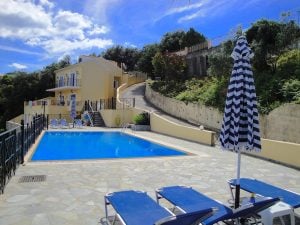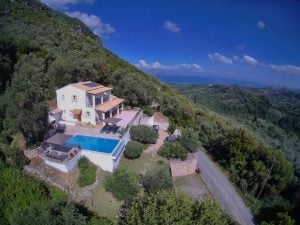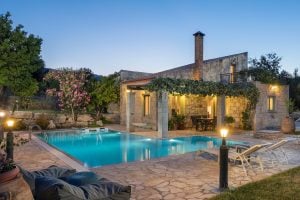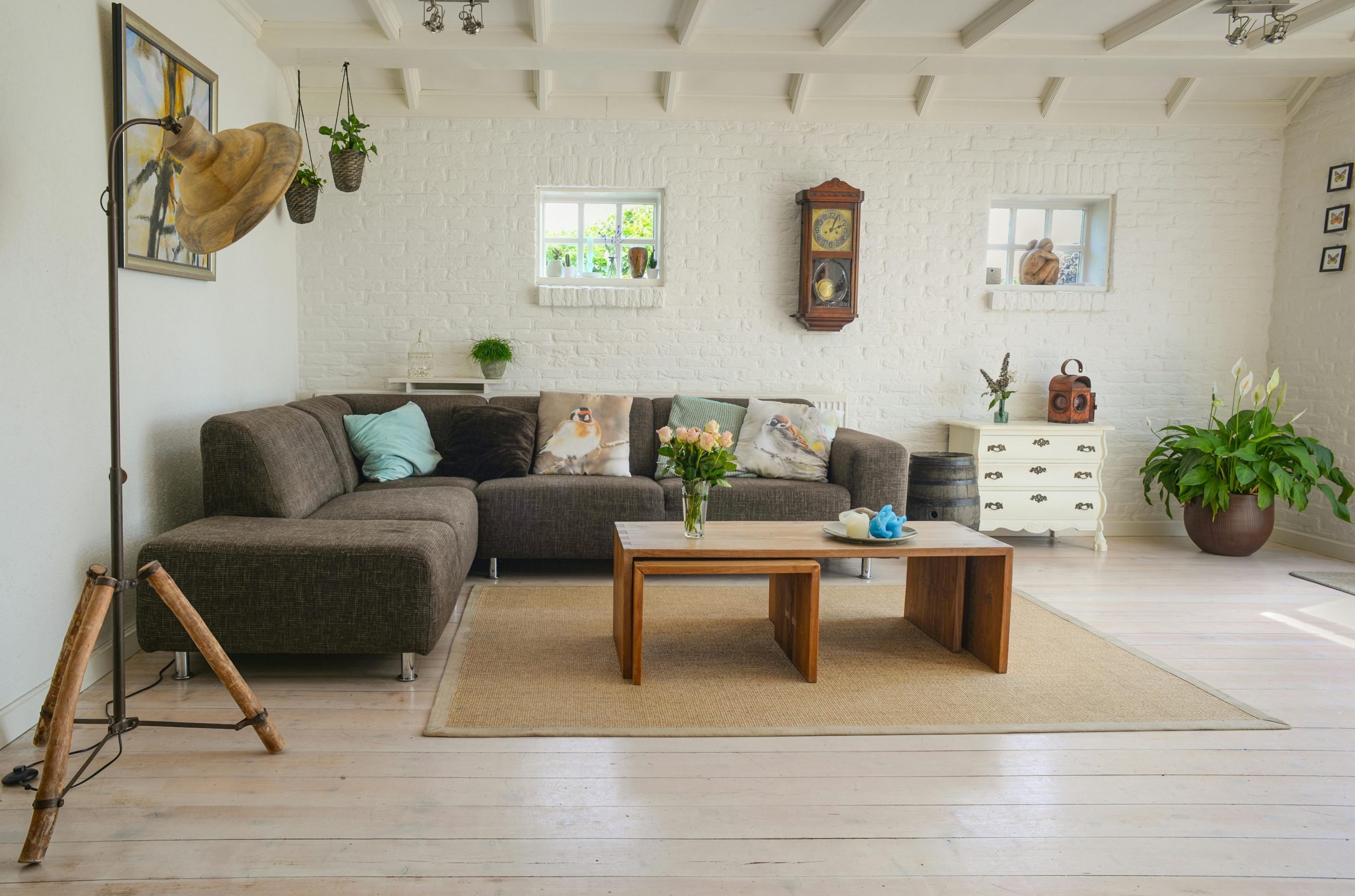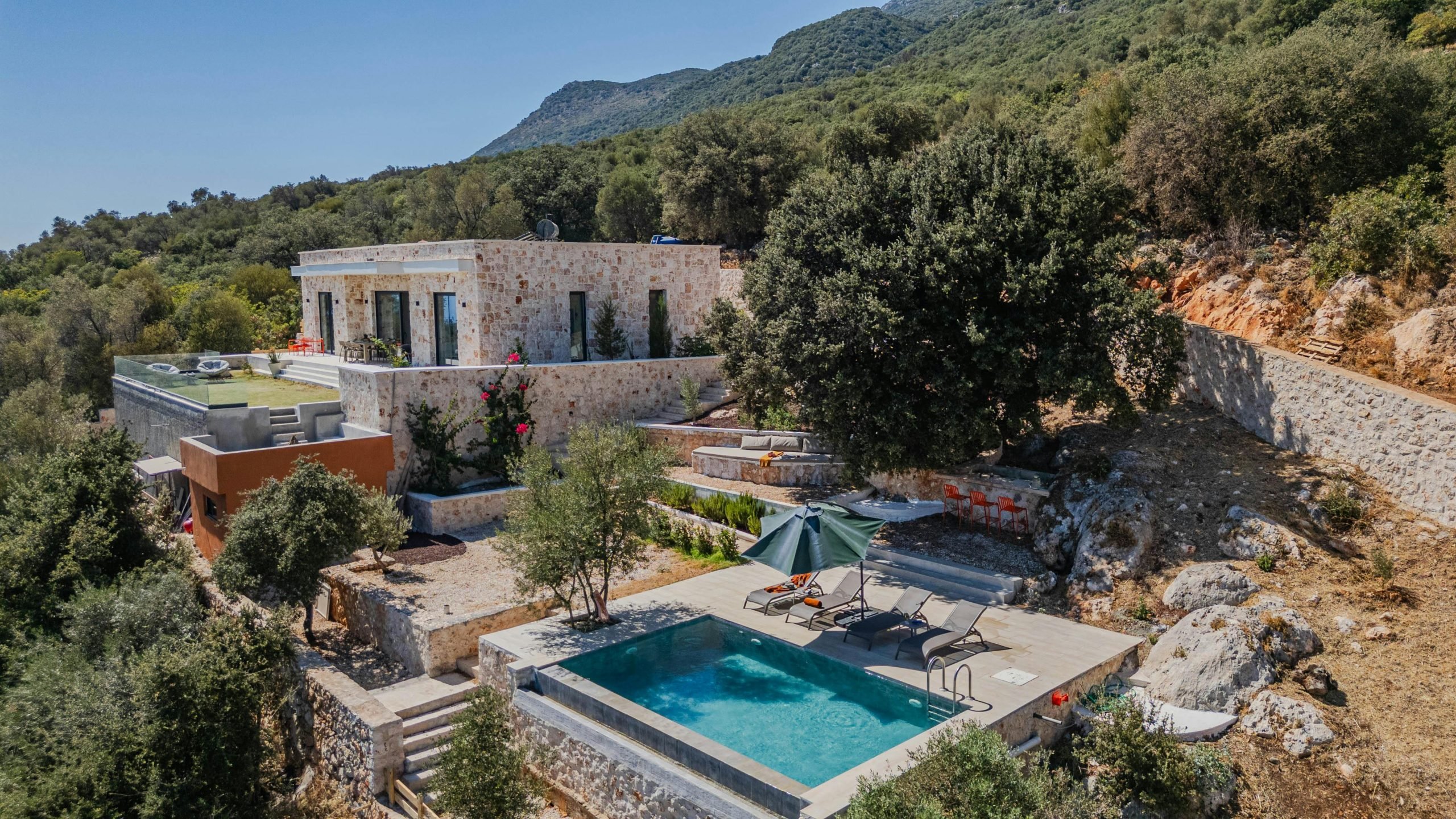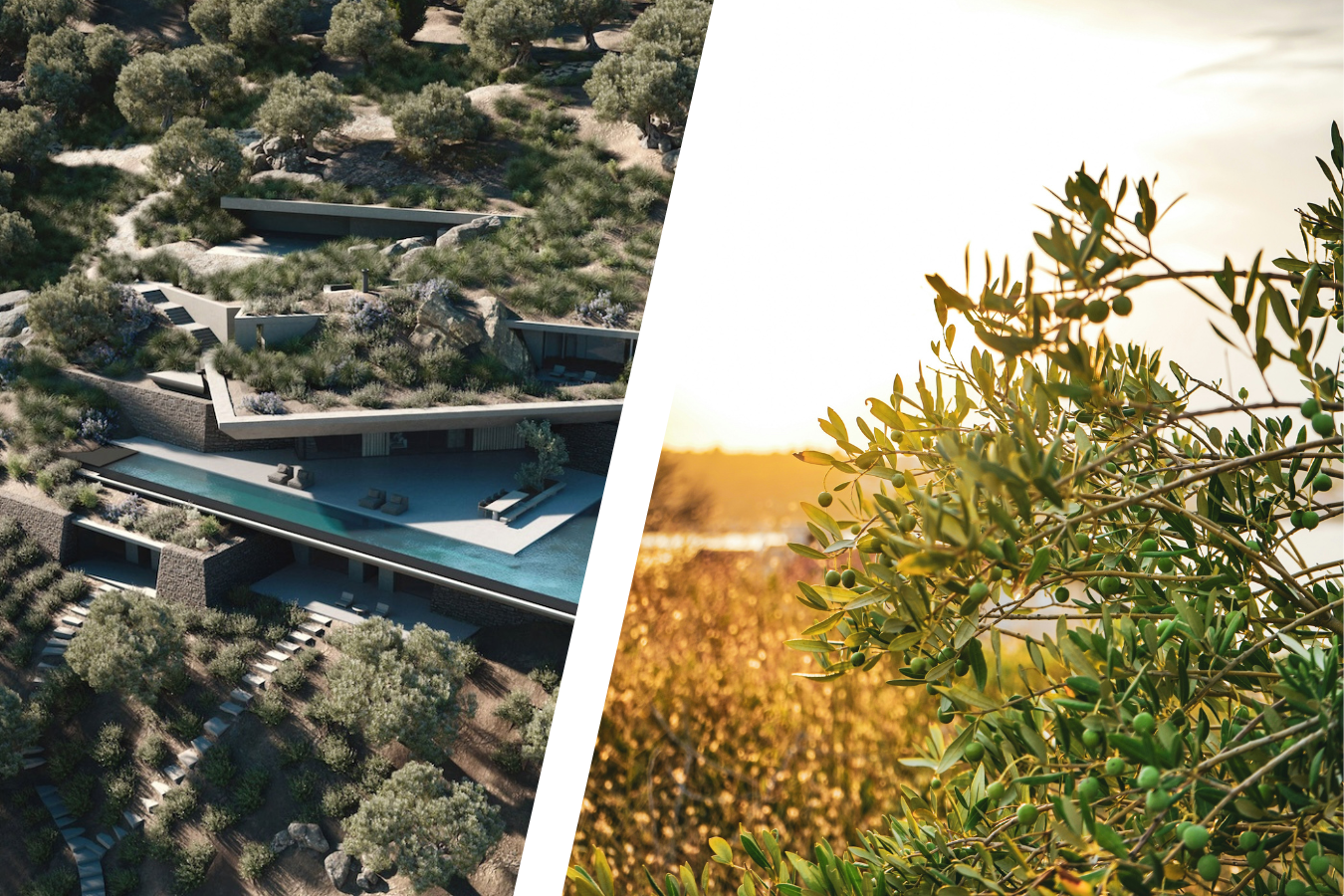Imagine standing before a grand neoclassical building in 19th-century Athens, your eyes tracing its stately columns and pediments. At the roof’s edge, intricate tiles—akrokerama—capture your attention, adorned with motifs of anthemia, acanthus leaves, or even mythical creatures like the Gorgon Medusa. These are not mere decorations; they are the heirs to an ancient tradition that dates back to the temples of classical Greece. Functional yet exquisite, akrokerama protected rooftops from wind and rain while deterring birds and snakes, their beauty matched only by their ingenuity.
Today, these architectural jewels tell a story of continuity, artistry, and cultural pride, bridging the ancient and the modern in a uniquely Greek way.

What Is the Akrokeramo?
The akrokeramo (or acroterium in English) is a distinctive, ornamental tile placed at the edges or corners of rooftops, especially on pediments. It serves both a decorative and functional purpose. Traditionally, akrokerama are made of clay or marble, and their front (visible) surface is adorned with embossed motifs, often abstract, such as anthemia (stylized floral patterns).
These decorative tiles were integral to ancient Greek temples, including iconic structures like the Parthenon. Akrokerama adorned buildings throughout the classical era and saw a resurgence during the Neoclassical architectural movement in 19th-century Europe. This architectural feature became a hallmark of the Greek neoclassical style, embraced across social classes, from modest homes to grand urban mansions.
What Role Did Akrokerama Serve Beyond Decoration?
The akrokeramo transcended the purely functional role of roofing tiles. Ancient Greek rooftops, like those today, had a slope of approximately 30°, constructed using flat or slightly concave tiles (stroteres) and semi-cylindrical cover tiles (kalypteres). \
The akrokerama acted as both a decorative and practical element:
Structural Integrity: Their weight helped keep roofing tiles in place, preventing them from being displaced by strong winds.
Barrier Against Intruders: By sealing gaps, akrokerama deterred birds and snakes from nesting or entering through the roof. This practical benefit also gave rise to legends about the “house-protecting serpent,” a revered yet unwelcome visitor in homes.
How Were Akrokerama Decorated in Antiquity?
The decorative motifs on akrokerama often reflected natural or mythical themes. Common designs included:
Floral Patterns: Palmettes, lotus flowers, acanthus leaves, and vines.
Protective Imagery: Figures like the Gorgon Medusa, believed to ward off evil.
Color Variations: Designs were painted in alternating black and red, adding vibrancy to their artistic expression.

When Did Akrokerama Experience a Renaissance?
The use of akrokerama dwindled following the collapse of the ancient world. However, the Renaissance and Neoclassicism revitalized interest in these architectural elements. In Greece, this revival coincided with the country’s liberation in the 19th century, bringing European architects who reintroduced the akrokeramo to Greek buildings. Akrokerama adorned royal palaces, churches, public buildings, and private homes, connecting the modern era to Greece’s classical heritage.
Prominent Greek ceramicists, like D. Saris and A. Nastos, collaborated with architects such as Ernst Ziller to craft a wide variety of designs. While not strictly adhering to ancient proportions, these modern akrokerama conveyed a unique charm and sensitivity.
How Did Akrokerama Become a Symbol of Greek Neoclassicism?
Between 1847 and the early 20th century, approximately 70 years, thousands of akrokerama were produced in Greece. This was a period of unprecedented creativity, resulting in over 2,000 unique designs. The proliferation of these elements symbolized a nation’s search for identity and an homage to its ancient glory.
However, with the advent of reinforced concrete and modernist architectural styles, akrokerama fell out of favor. Many were discarded as rubble during the demolition of neoclassical buildings, though some found a second life as decorative objects or collectibles.

What is the Etymology of the Term “Akrokeramo”?
The term akrokeramo derives from the ancient Greek akrokeramos, meaning “edge tile.” The Latin equivalent is antefixum, meaning “fixed in front,” a term still used in many European languages. In English, they are sometimes referred to as “bird stops,” emphasizing their practical role in preventing birds from nesting under tiles.
How Did Akrokerama Originate in Greek Roofing Systems?
The origins of akrokerama trace back to the innovative roofing systems developed in 7th-century BCE Greece. These systems used standardized tiles arranged in parallel rows to create seamless, rain-resistant coverings. Key characteristics included:
- Precision Engineering: Tiles were meticulously crafted to overlap and interlock, minimizing exposure to water.
- Decorative Functionality: The first row of tiles (stroteres) and their coverings (kalypteres) often featured unique decorations, laying the foundation for the akrokeramo’s aesthetic role.
This system emerged in the Corinthia and Argolid regions and soon spread to Greek colonies in Italy and beyond.

What Happened to Akrokerama in Later Periods?
During the Roman Empire, tile production became more standardized and economical, leading to smaller and simpler roofing elements. In northern Europe, roofing systems adapted to the colder climate, using steeper slopes and introducing new types of tiles, such as “Bieberschwanzziegel” (beaver-tail tiles).
The elaborate designs of akrokerama persisted in some parts of Europe but gradually disappeared, replaced by more utilitarian approaches. However, the 19th-century Neoclassical movement, fueled by archaeological discoveries, rekindled an appreciation for these ancient elements.
The Industrial Revolution introduced mechanized production methods, which revolutionized tile manufacturing. By the mid-19th century, innovations such as high-pressure molding and precise interlocking systems allowed for lighter, stronger tiles. This era also saw the introduction of iconic designs like the “de Marseille” tiles, which remain popular in Greece as “French tiles.”
What Is the Legacy of Akrokerama Today?
Today, akrokerama are treasured for their historical and artistic significance. Though their use in architecture has declined, they are preserved in:
Private Collections: Enthusiasts and collectors safeguard surviving examples.
Public Archives and Museums: Institutions like the Benaki Museum in Athens showcase these architectural gems.
Decorative Repurposing: Some akrokerama have been incorporated into modern interiors as art pieces.
Akrokerama serve as poignant reminders of a bygone era, symbolizing Greece’s architectural ingenuity and cultural resilience.
The akrokeramo is more than a decorative tile—it is a bridge between Greece’s architectural past and its modern identity. From the temples of ancient Greece to the neoclassical buildings of 19th-century Athens, it embodies a timeless aesthetic and a practical ingenuity. Today, its preservation is a testament to the enduring value of cultural heritage.




